Hay Storage Losses
Storage losses are dependent on a few different factors, including moisture at baling, type of storage, forage species and weather. In this article we’ll focus on the first two, moisture at baling and hay storage.
Soluble sugars in forage provide a readily available energy source for livestock. Conserving these sugars as much as possible through baling and storage is imperative for maintaining forage quality.
If it was baled at 14% moisture or greater, hay typically goes through a sweat after baling. During this process, the respiration of the plant cells consumes valuable sugars, negatively impacting forage quality. Additionally, if hay is baled with a greater moisture content, it could get hot enough to denature proteins, making them unavailable for nutritional use by the animal. Hay should not heat to greater than 120 degrees Fahrenheit to preserve nutritive value. Dry matter losses due to “sweat” can be 4-5%. To reduce losses due to respiration after storage, ensure that your hay is being baled at the targeted moisture, specific to your type of baler.

Image 1: Hay temperature during storage can lead to various responses. (Image source: http://extension.msstate.edu/publications/publications/hay-storage-dry-matter-losses-and-quality-changes)

Table 1: Dry matter and quality loss (% of the initial forage yield) at different hay storage moisture levels
The use of preservatives or organic acids can be used to help reduce respiration and the incidence of mold for hay baled at a higher-than-ideal moisture. The rate of application should be related to the percent moisture at which it is being baled. In general, the higher the moisture at baling, the greater the amount of additives to the hay.

Table 2: Recommended rates for applying organic acid and preservatives (propionic and propionacetic) based on bale moisture.
The type of hay storage plays a significant role in dry matter and quality loss after baling. Hay that is covered incurs significantly less dry matter yield and quality losses than exposed hay. Likewise, hay that is stored off the ground incurs less loss than hay stored on the ground. In the event that hay storage is limited, the best quality hay should have the best storage option — this has been shown to be economically viable with storage losses and hay prices taken into account.

Table 3: Hay storage method and percent dry matter loss over time.
Hay Feeding Losses
During the feeding process, dry matter losses are inevitable. The goal is to conserve the greatest amount of dry matter possible. In general, the more the hay is handled, the greater the dry matter losses that will occur.
Various hay feeding practices have been shown to increase or reduce the amount of losses. Likewise, infrastructure and available facilities can also play a factor in feedout. For example, in a confined area, feeding losses are often less than if hay is being fed on the ground in a field. However, the tradeoff is the reduced need for manure management in a field feeding setting, while in a confined setting, manure removal is imperative.
The type of feeder used also plays a role in dry matter losses during feeding. Using a feeding system that keeps hay off of the ground reduces the likelihood that livestock will use it for bedding, which increases the amount of waste. However, even among these feeders, some waste is inevitable. Cone feeders have been shown to have the least amount of waste, while cradle feeders have the greatest.

Image 2: Types of hay feeders and dry matter losses during feeding
Feeding only one day’s worth of hay at a time will reduce waste and loss. Feeding an excessive amount of hay — 2 or more days at one time — will give livestock the opportunity to waste it and use it for bedding or trample it during the feeding process.
By starting with the greatest quality hay possible, even after losses due to storage and feedout, your livestock have the best chance of receiving high quality hay. The best way to conserve forage quality for winter feeding is through proper baling during harvest, and Hesston by Massey Ferguson offers balers to fit your operation! The world-class baler brand brings the 2200 Series large square balers for jobs ranging from cattle and dairy to long-distance transport. You won’t find a more reliable and durable baler. Bale more hay faster with a 4100V Series round baler from Massey Ferguson. You need quality bales every time, and this series gives you heavier, denser bales, saving you time and money. Check out our baler offerings at www.masseyferguson.com.
*Resources used in this article were pulled from Hay Storage Dry Matter Losses and Quality Changes by Dr. Rocky Lemus, Mississippi State University. Visit this article for more detailed information.
Agronomist Bio
Dr. Jessica Williamson is the hay and forage specialist for AGCO. Jessica’s expertise is in forage quality, management and production, as well as ruminant nutrition and the plant-animal interaction. Jessica is responsible for designing and conducting field tests on hay and forage equipment; educating AGCO personnel and customers on forage management, production and livestock nutrition; and working with the Green Harvest team on ongoing forage projects.

Jessica holds a Bachelor of Science degree in animal science from Morehead State University (Morehead, Ky.); a Master of Science degree in animal science (ruminant nutrition) from the University of Arkansas (Fayetteville, Ark.); and a Ph.D. in plant and soil science (forage agronomy) from the University of Kentucky (Lexington, Ky.). Jessica is originally from a cow-calf operation in western Maryland.

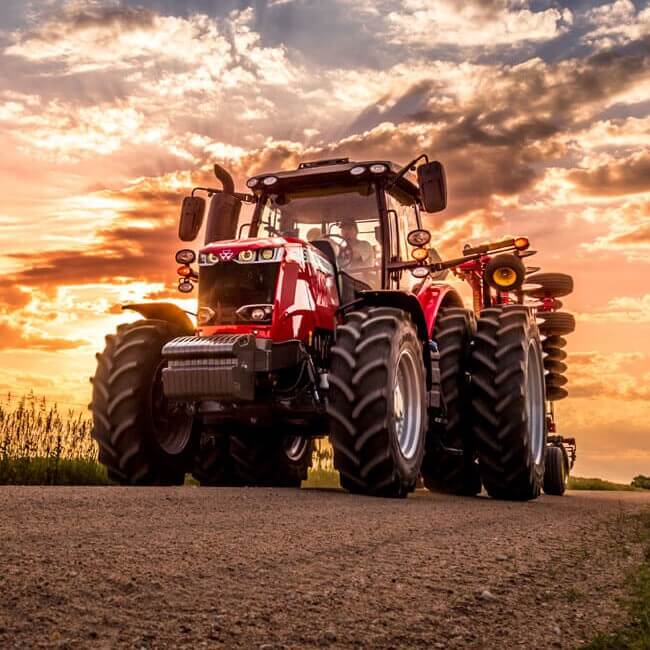
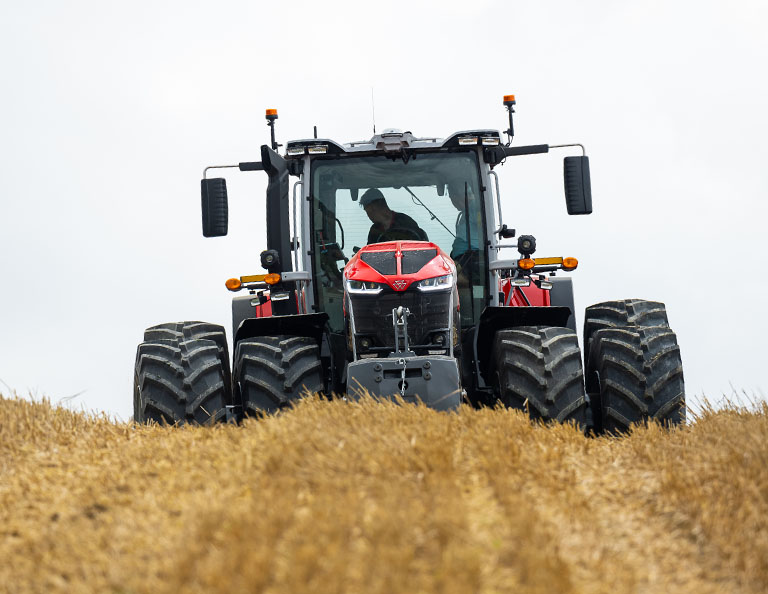
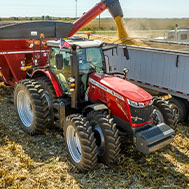
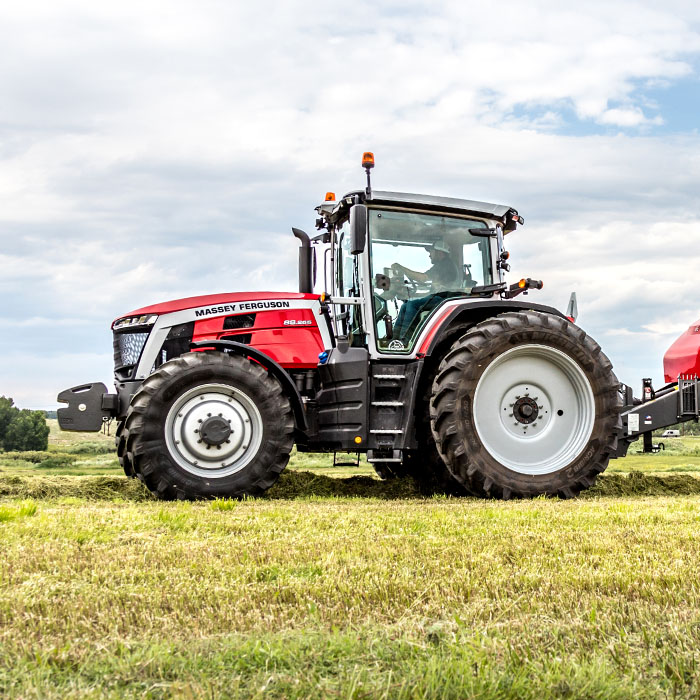
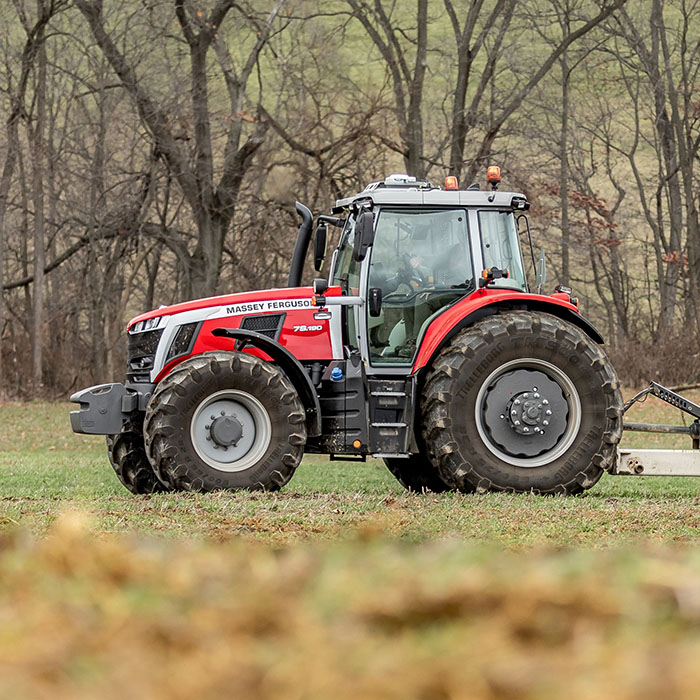
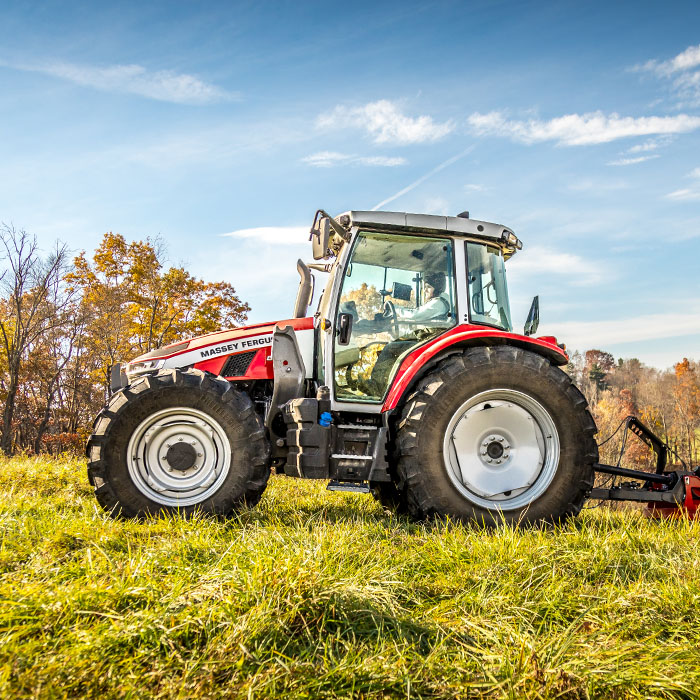
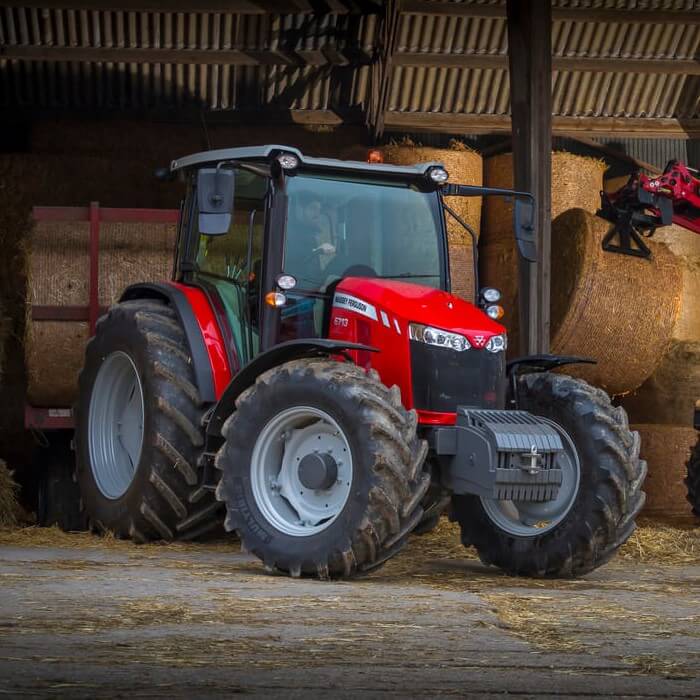
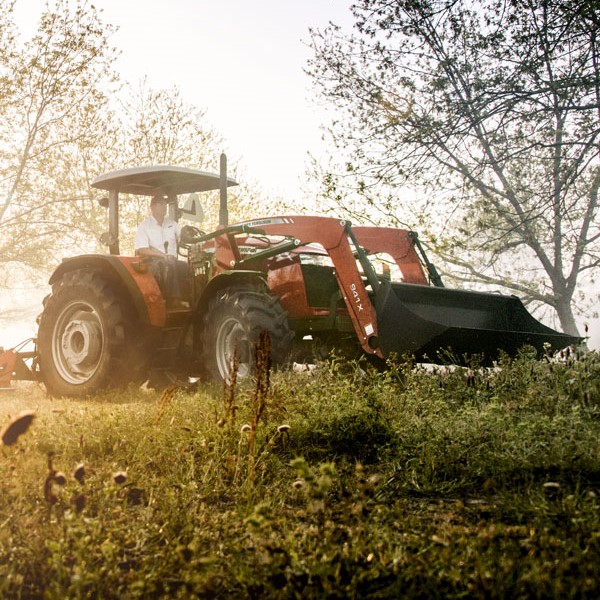
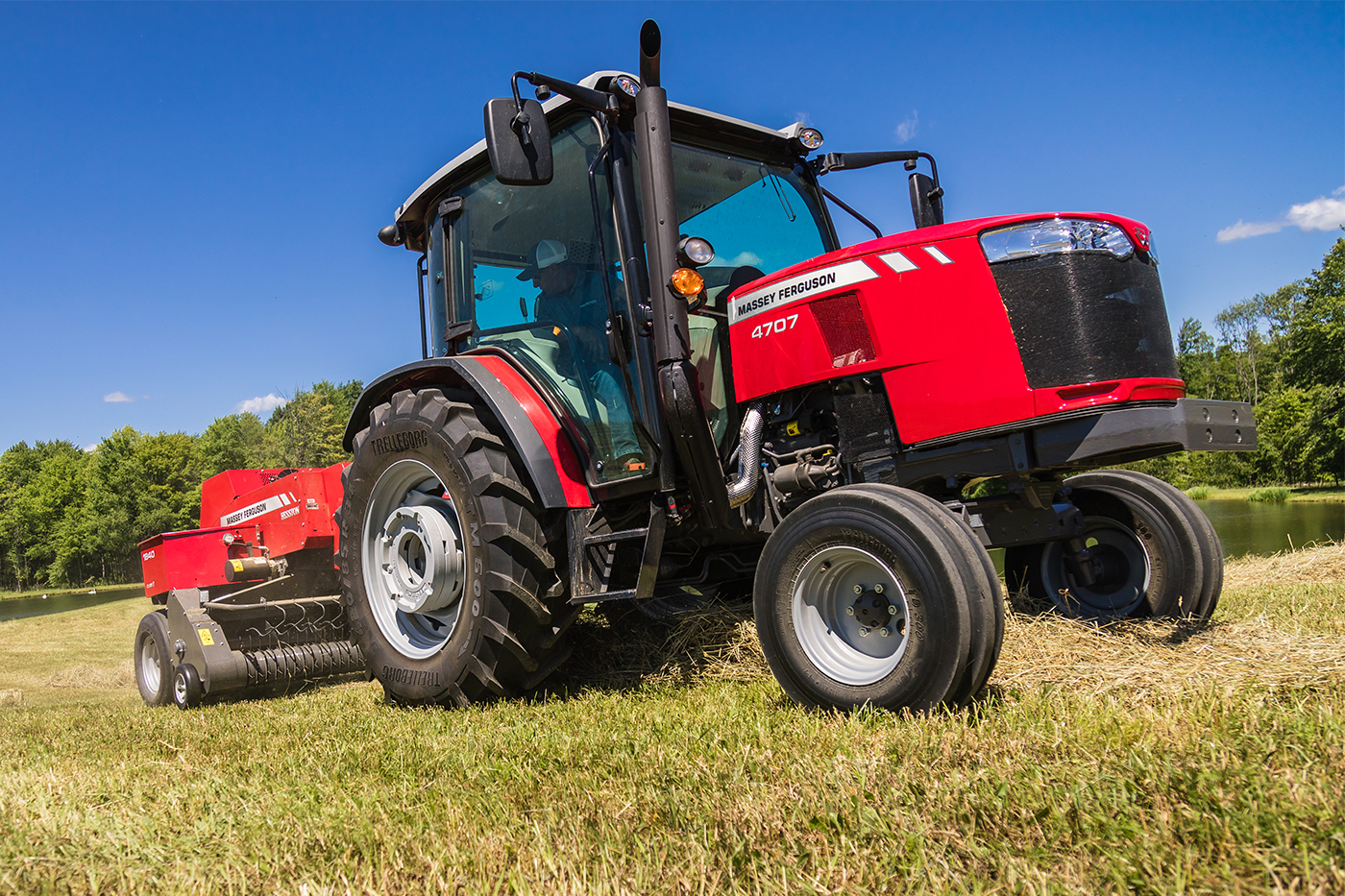
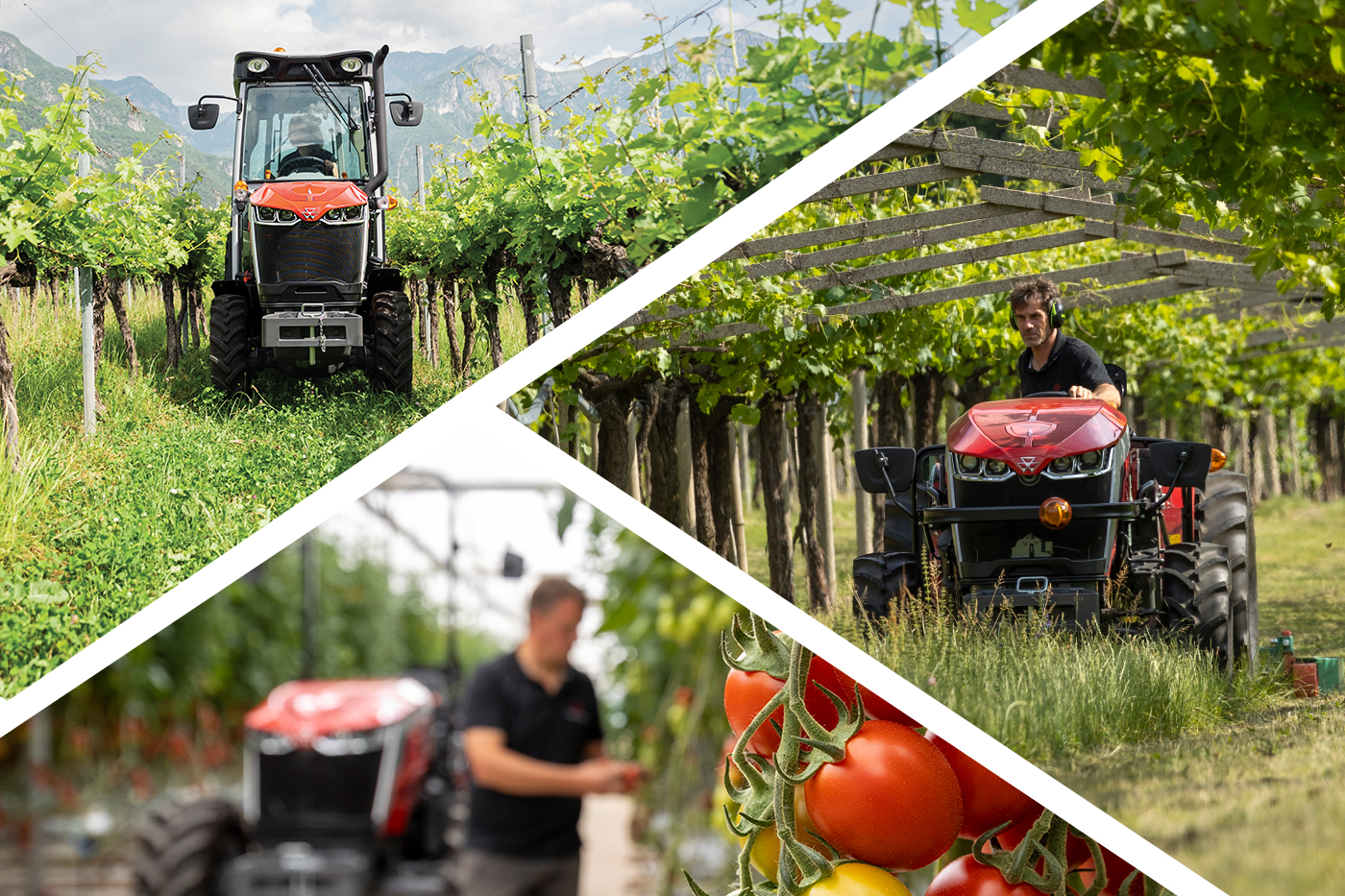
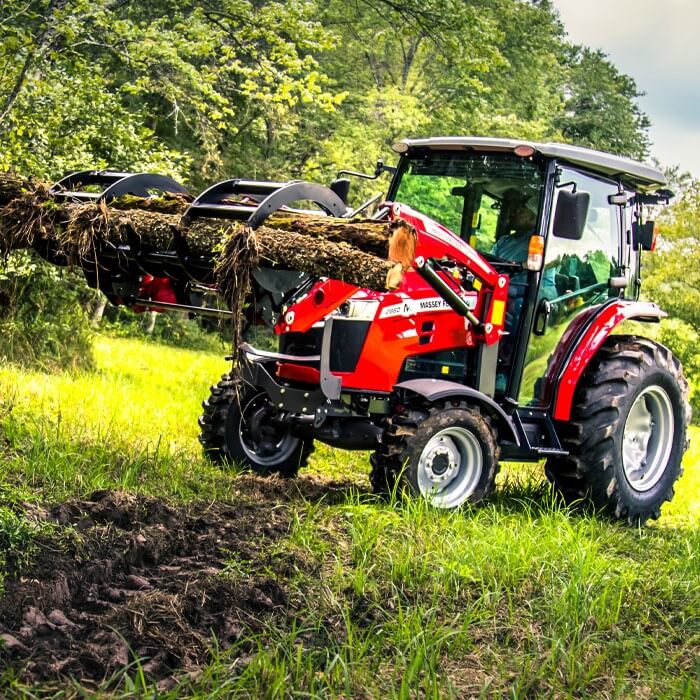
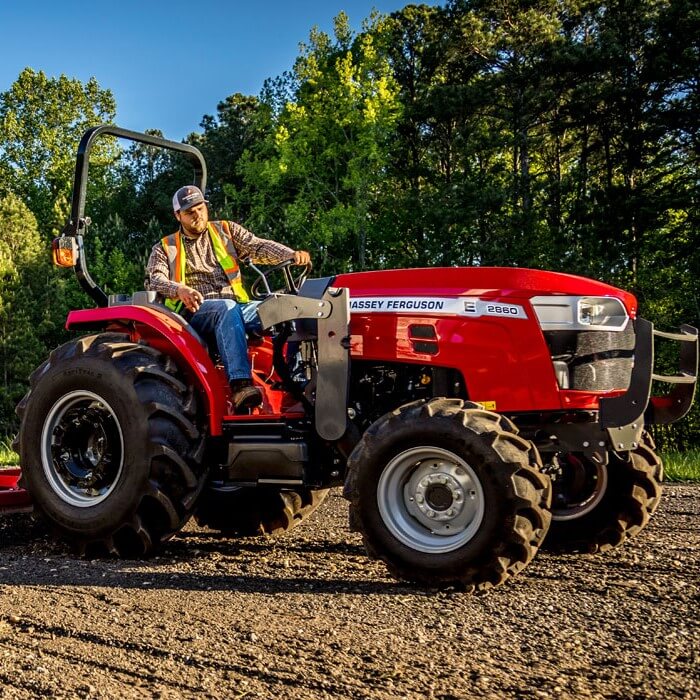
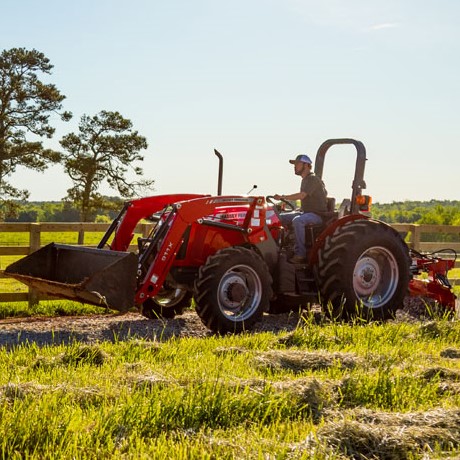
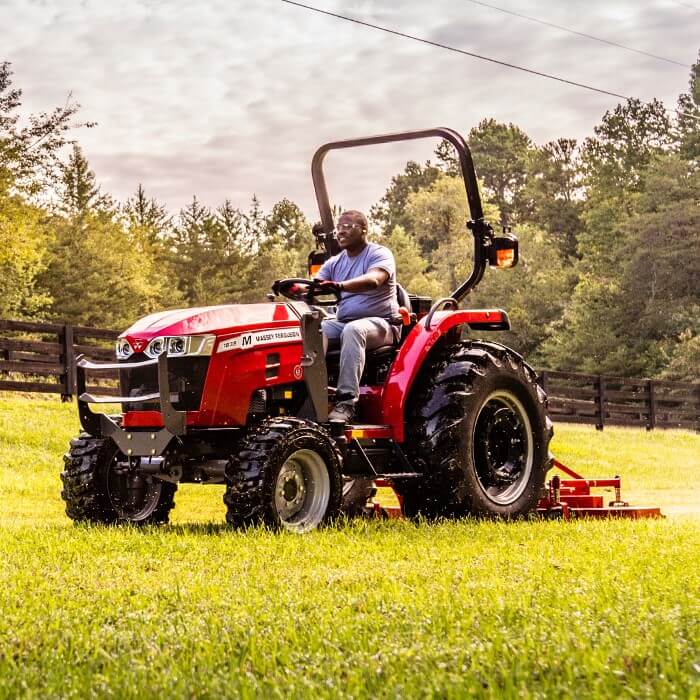
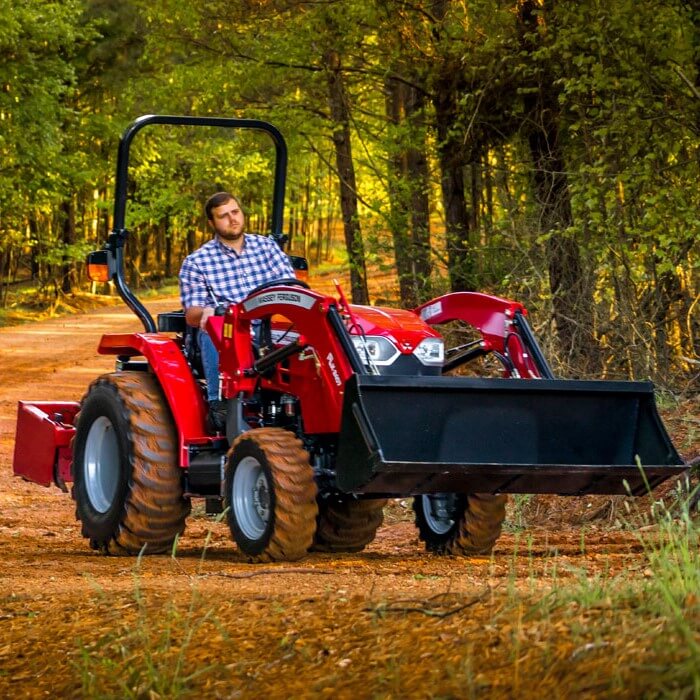
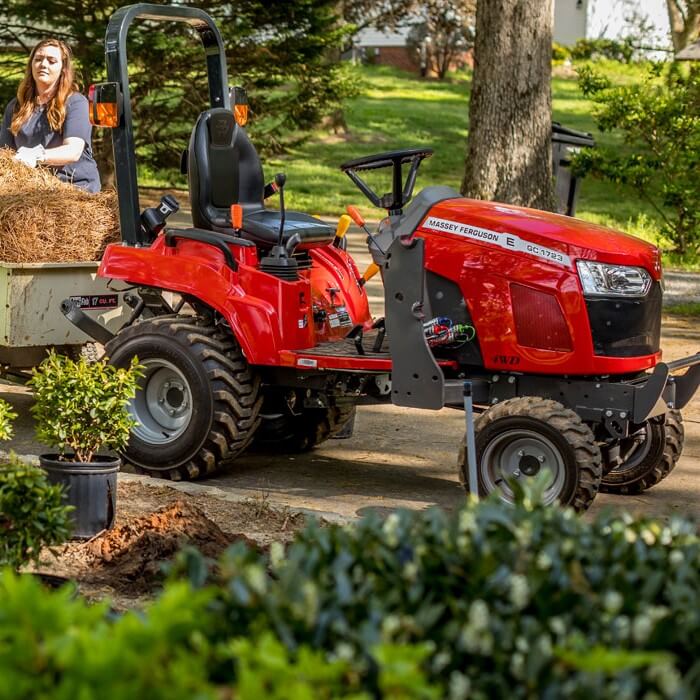
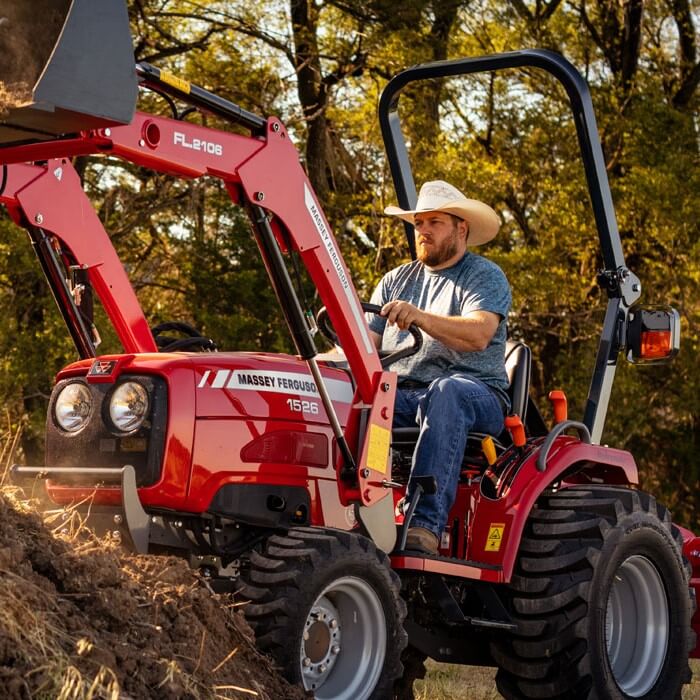
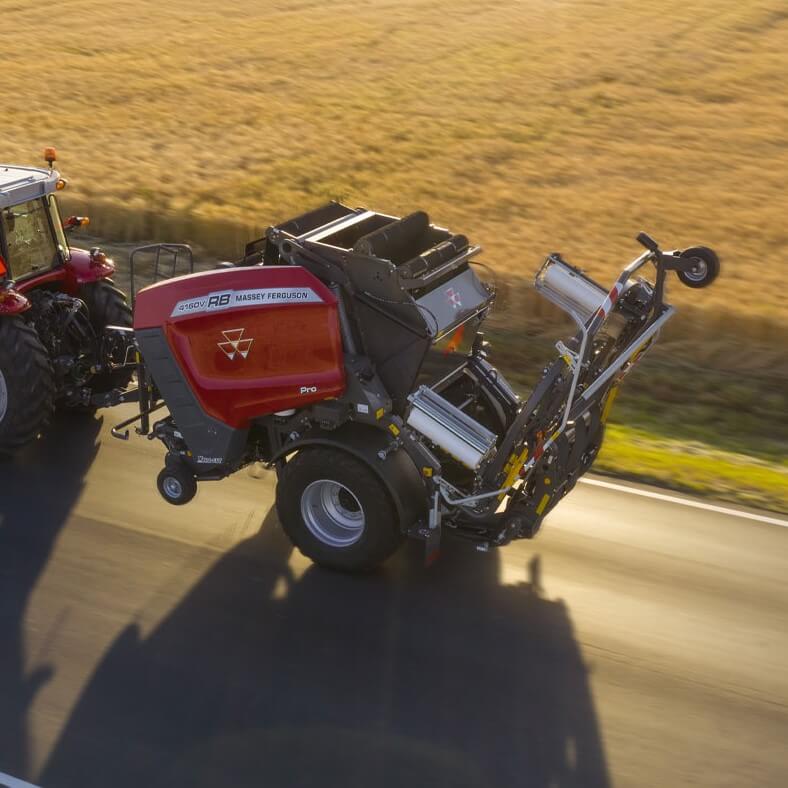
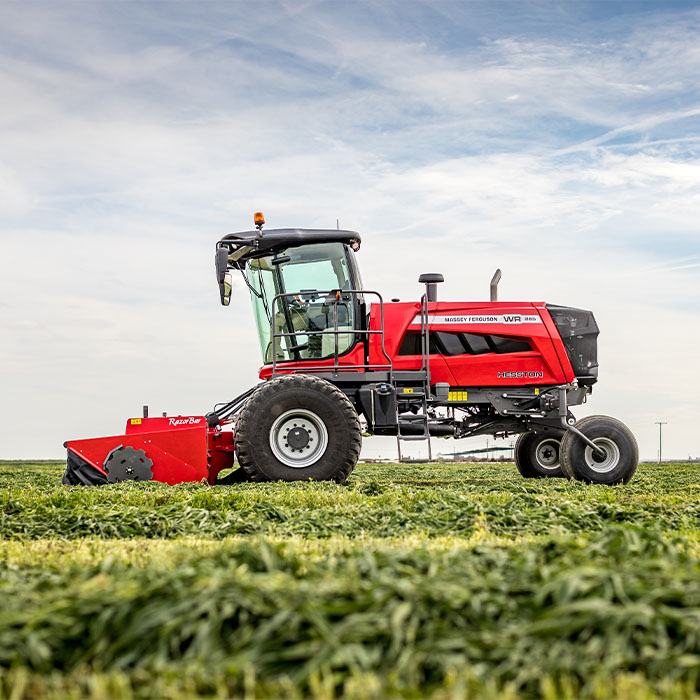
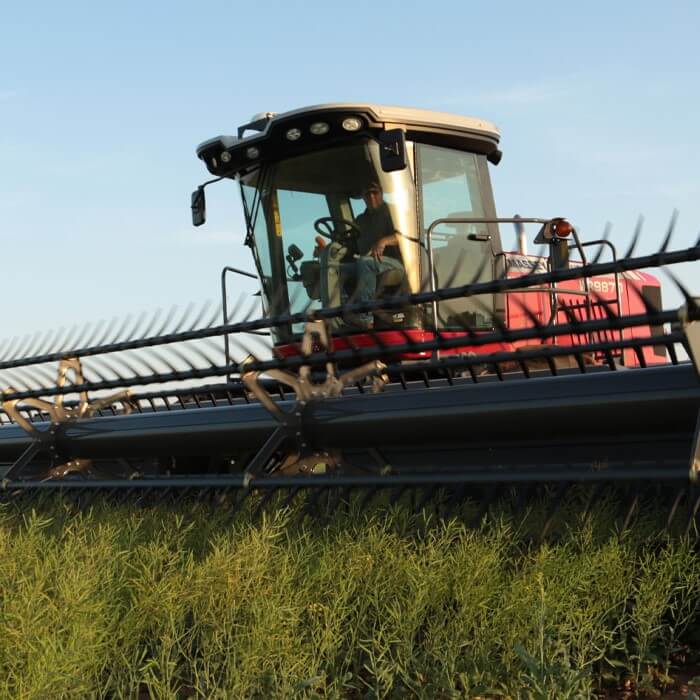
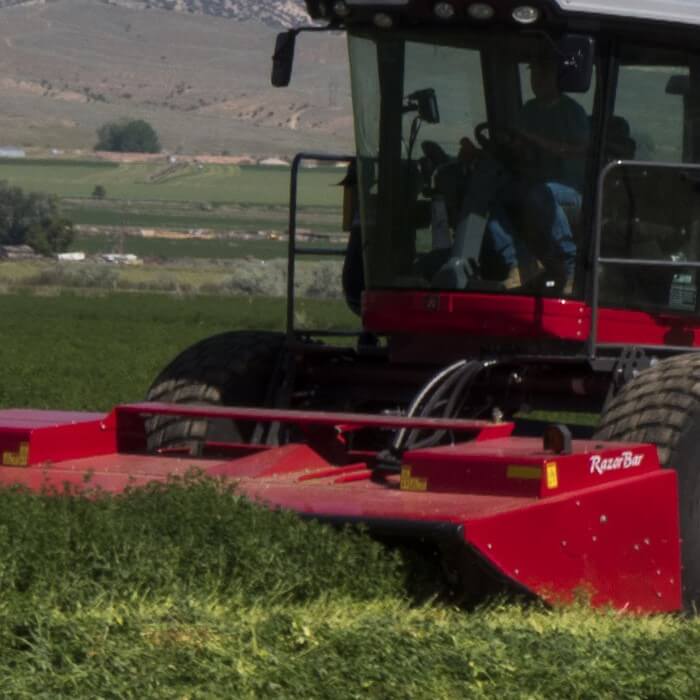
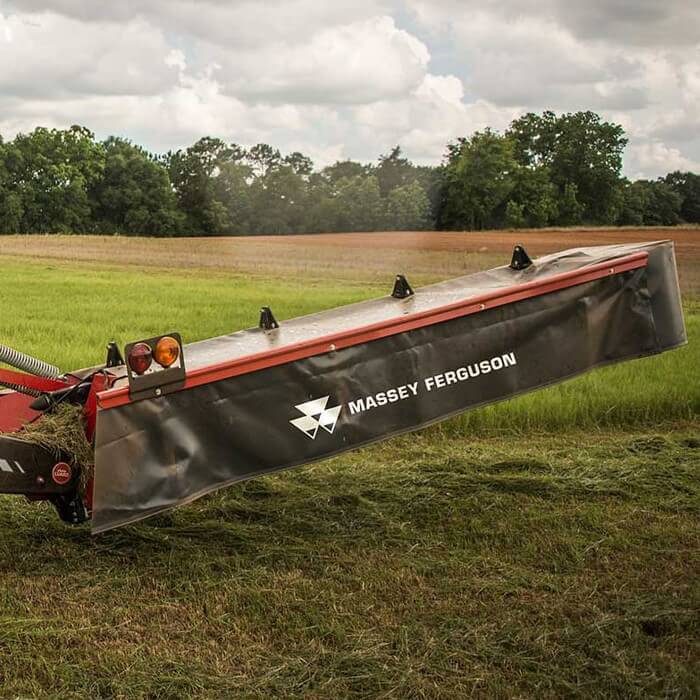
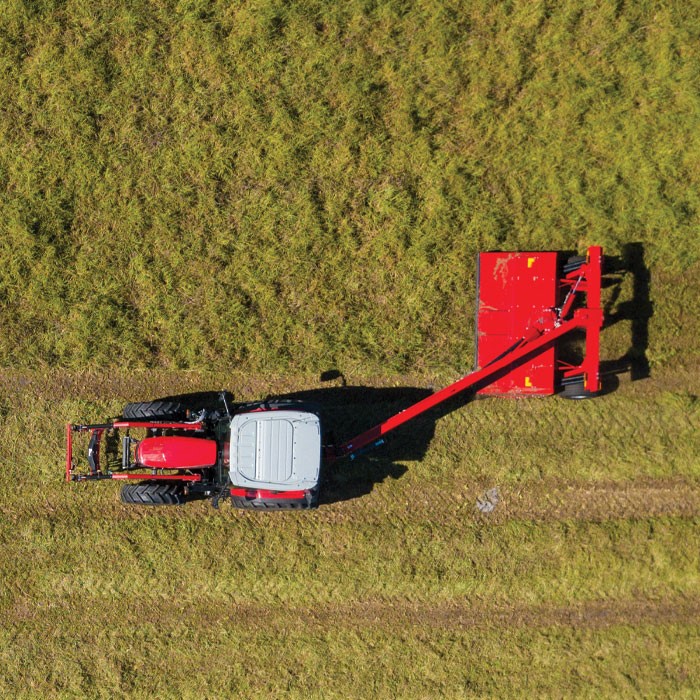
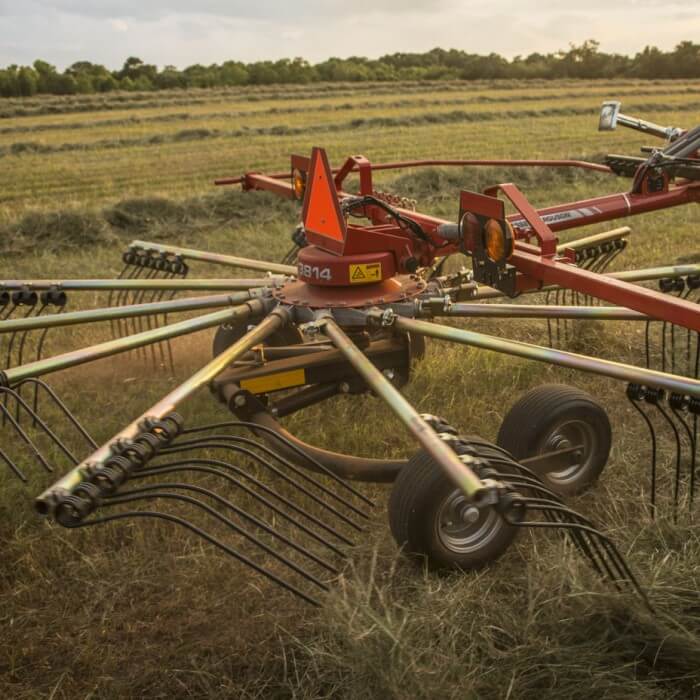
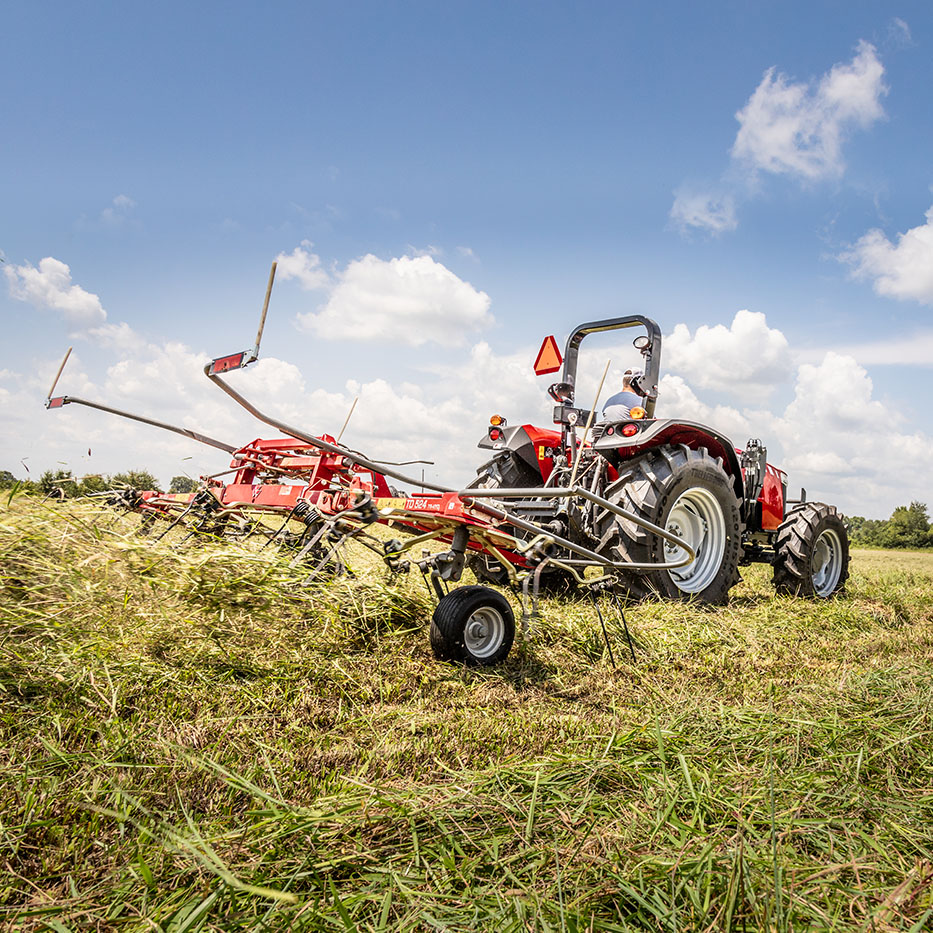
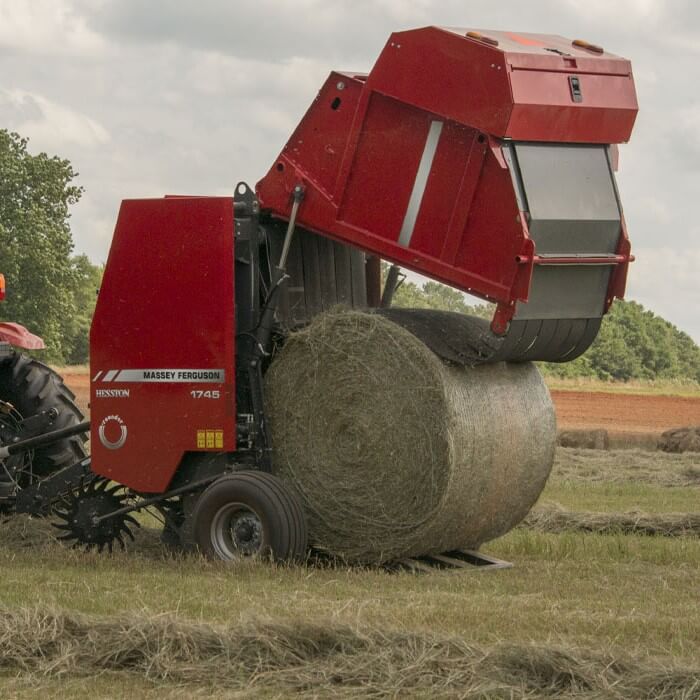
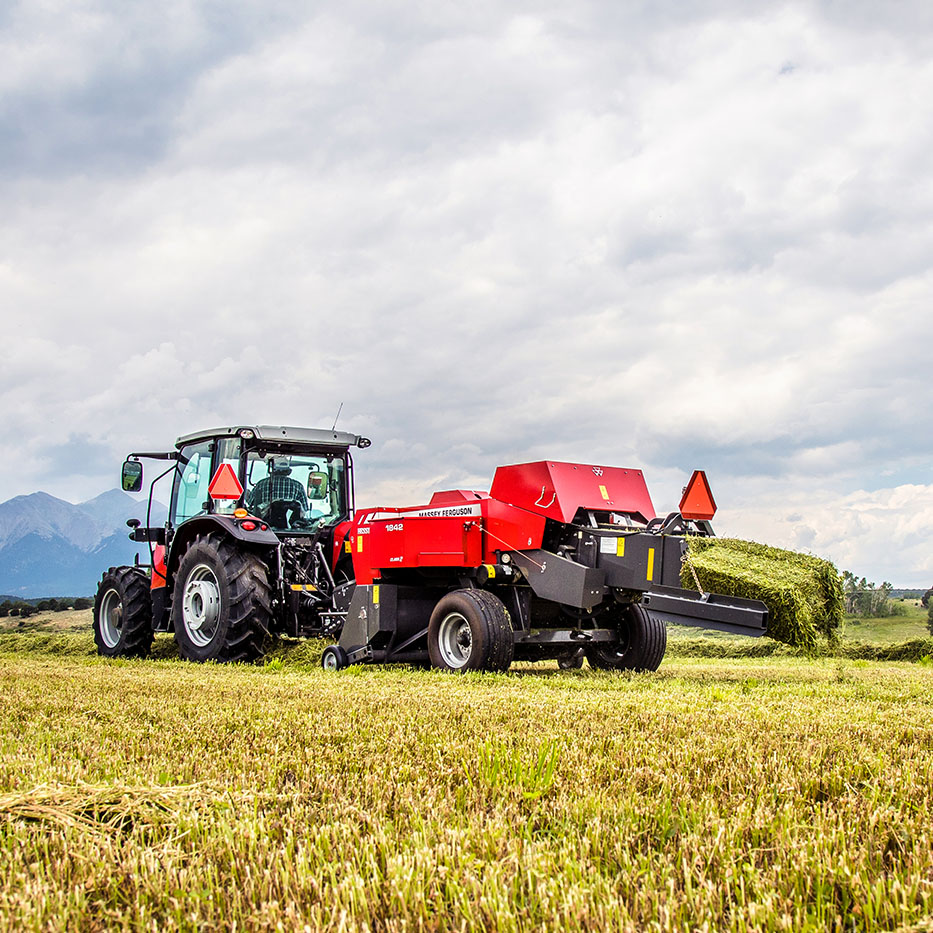
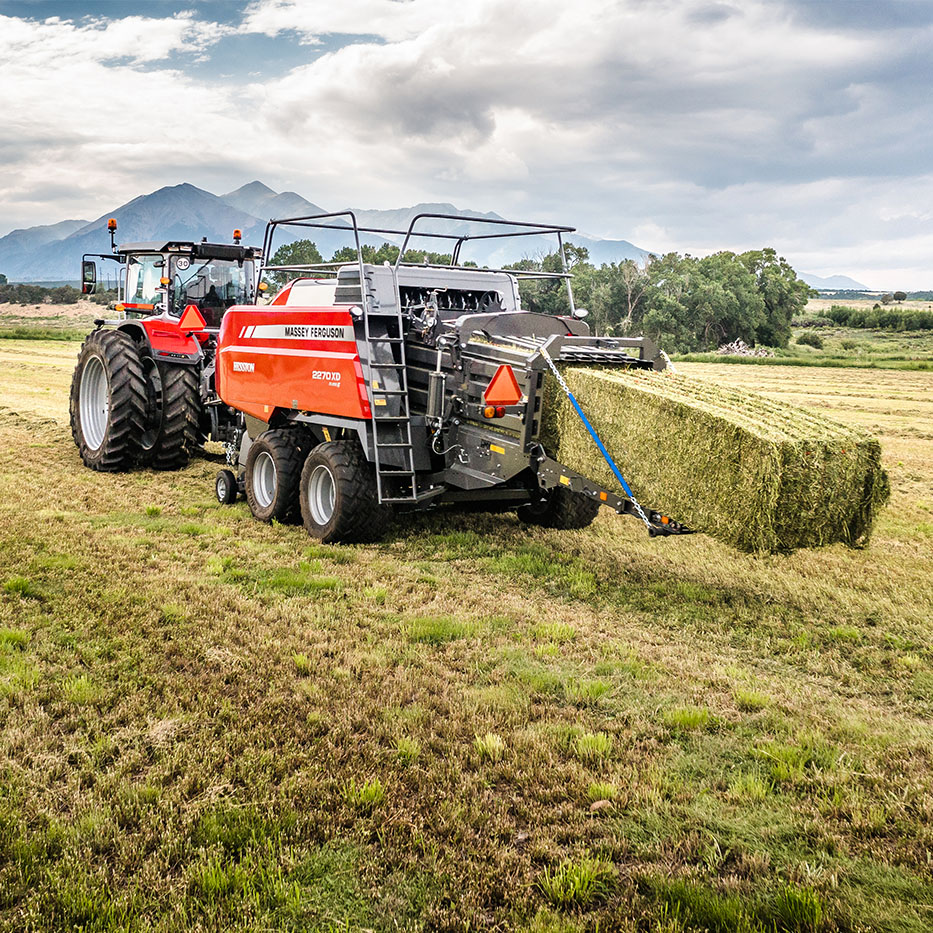
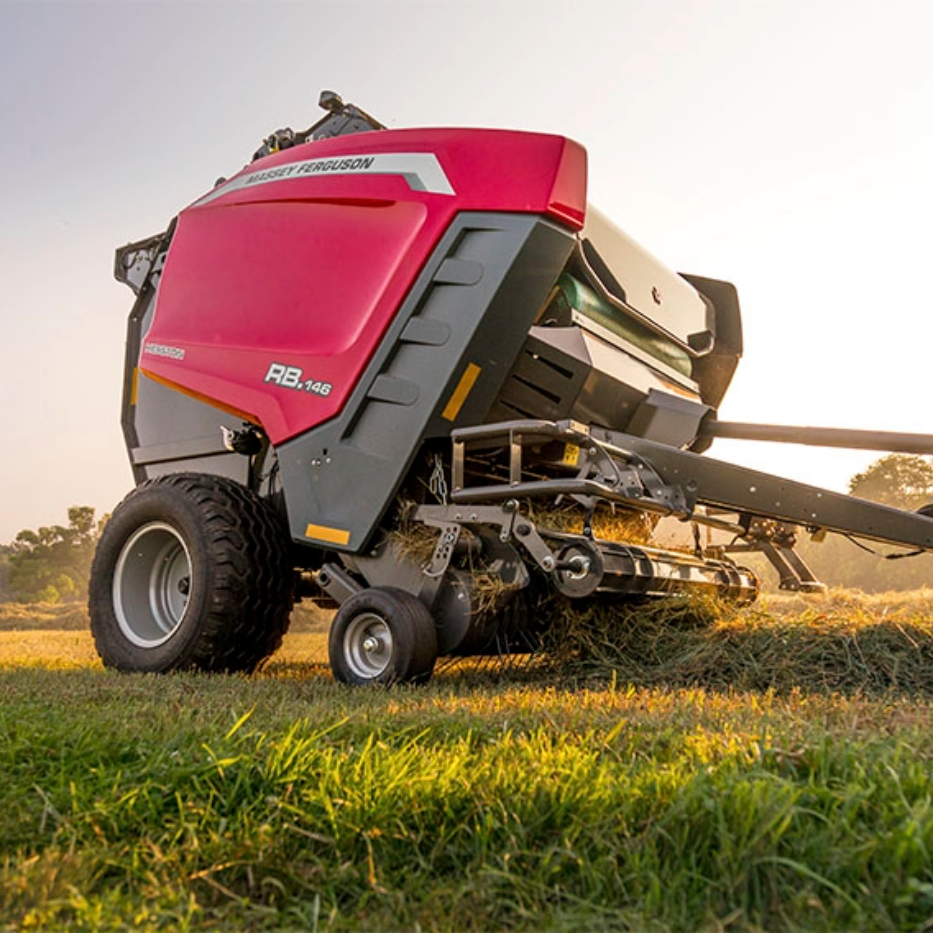
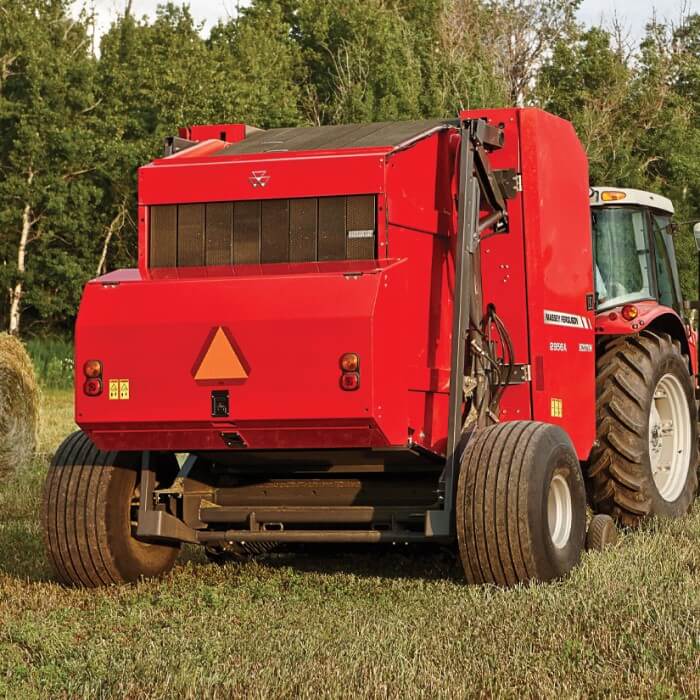
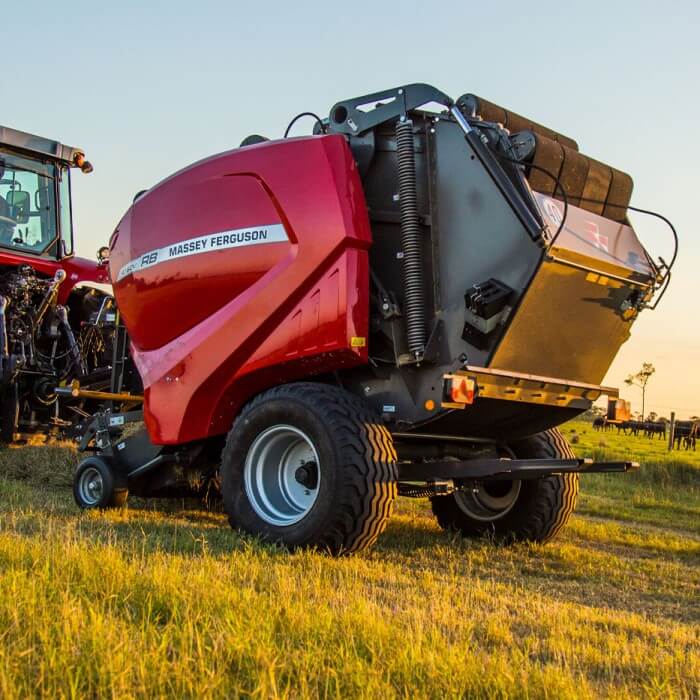
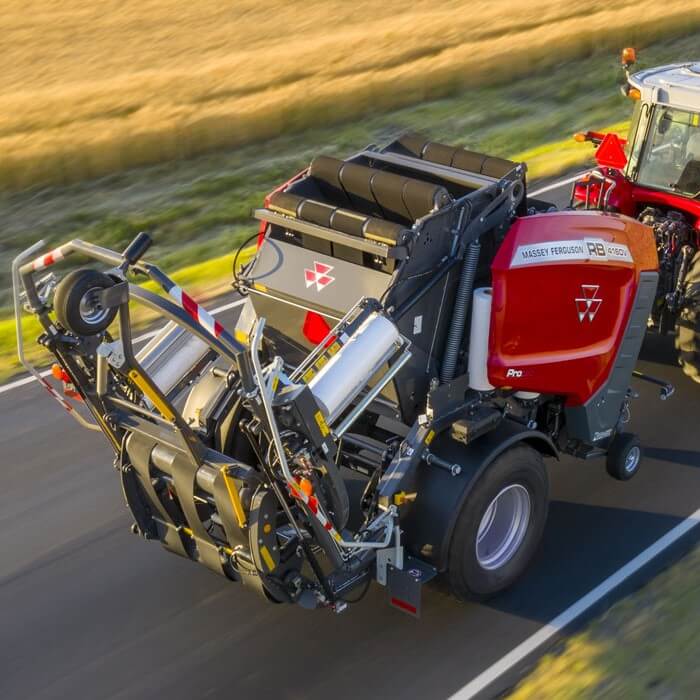
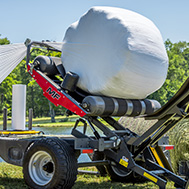
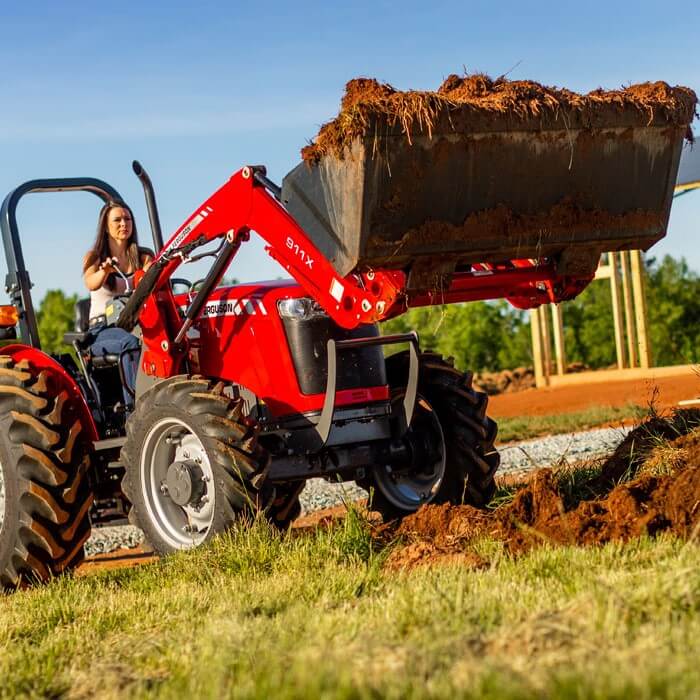
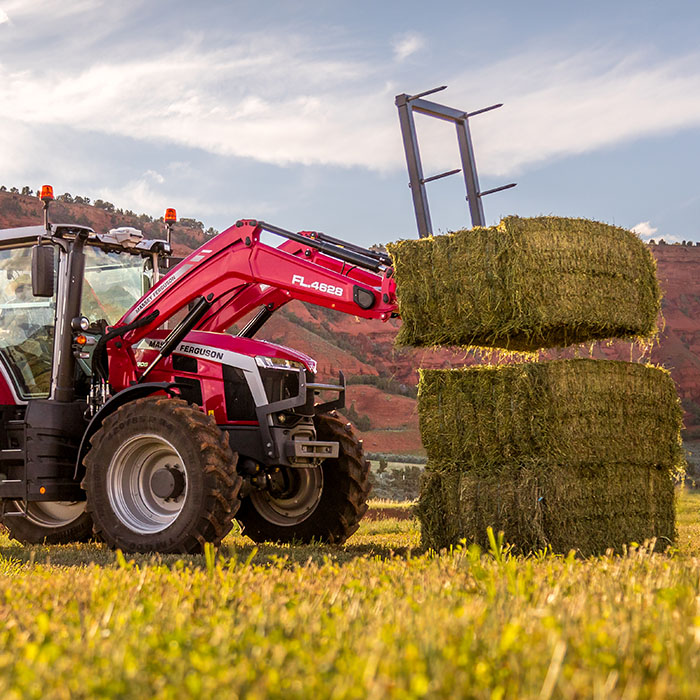
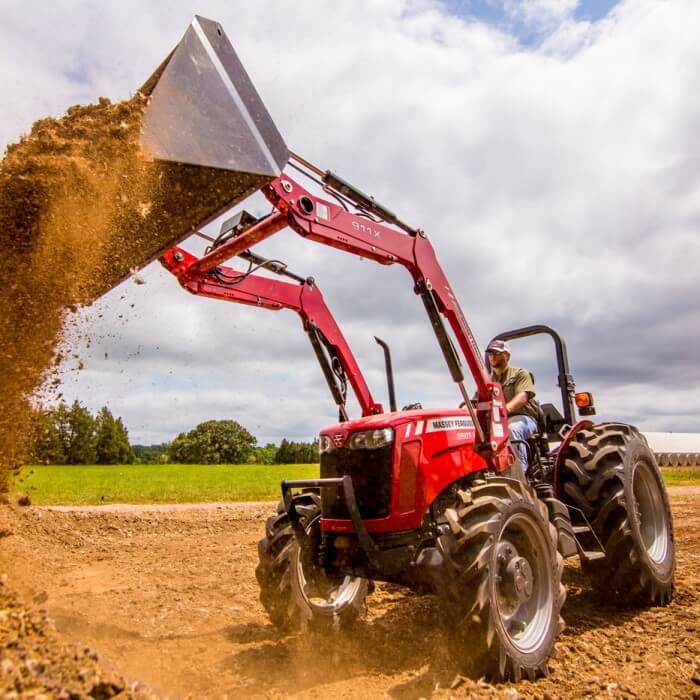
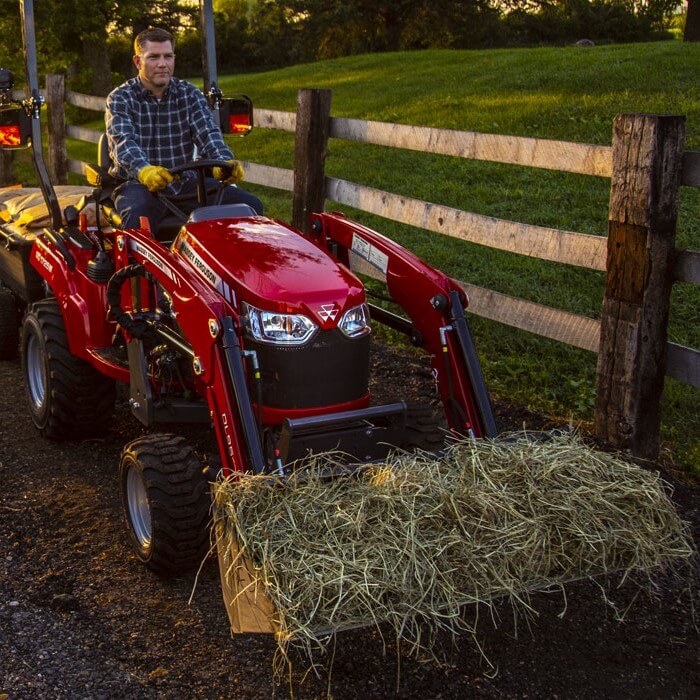
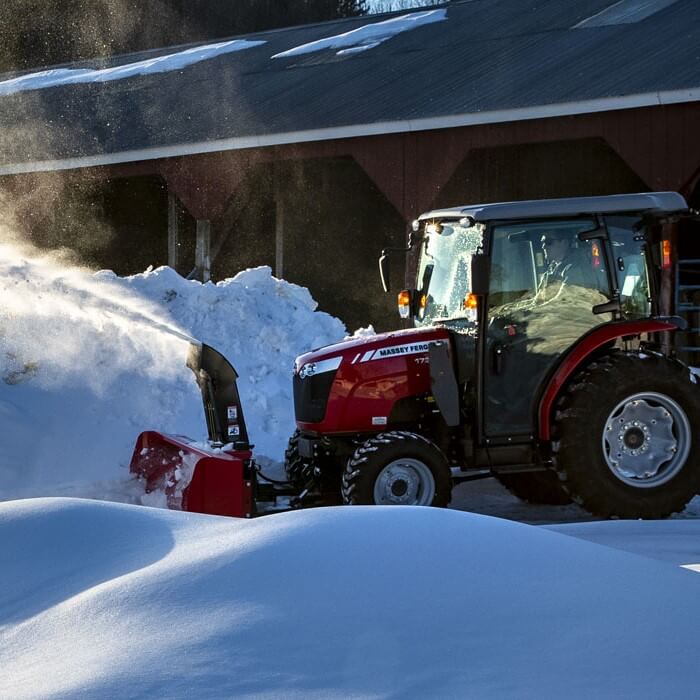
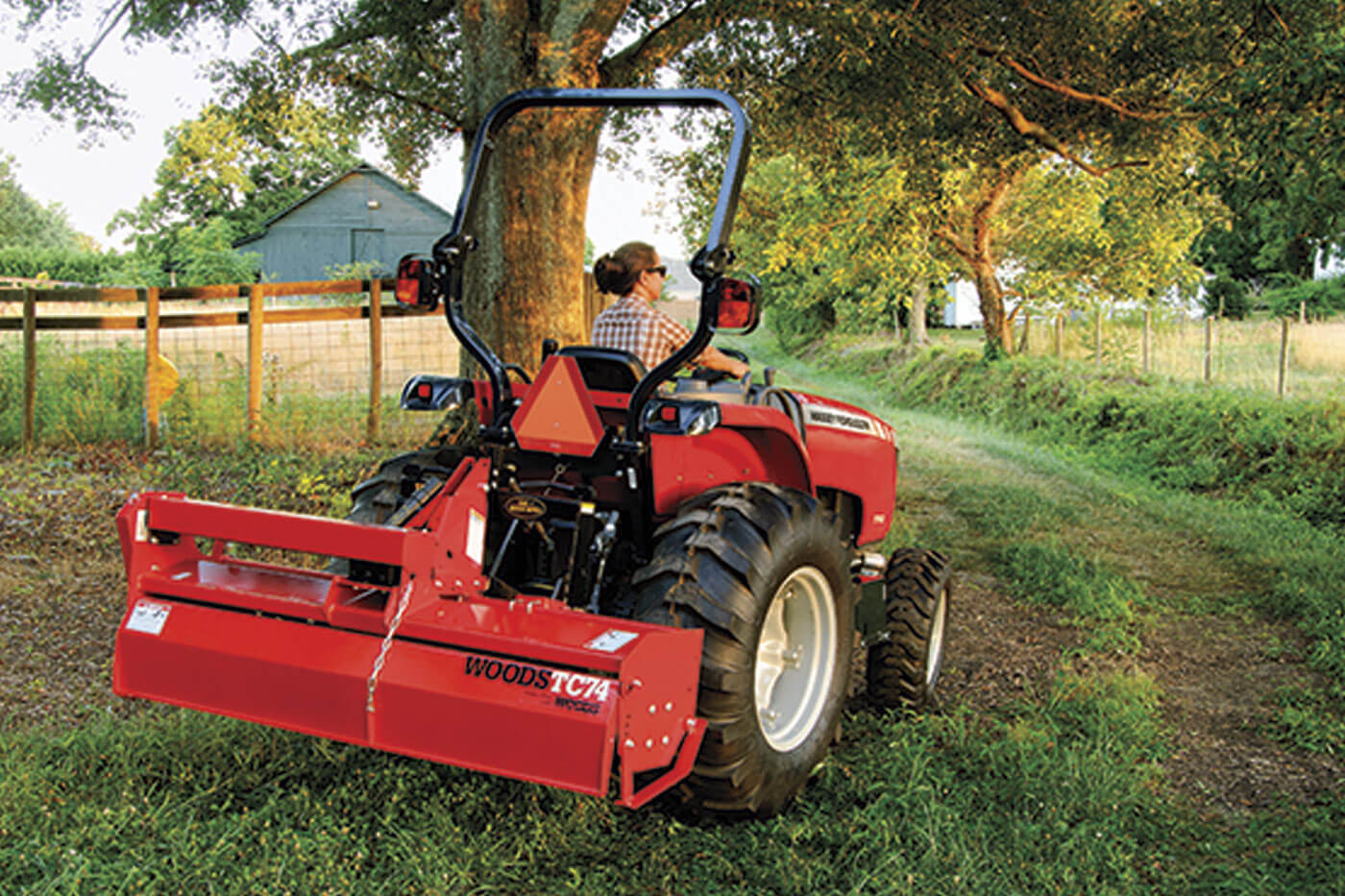
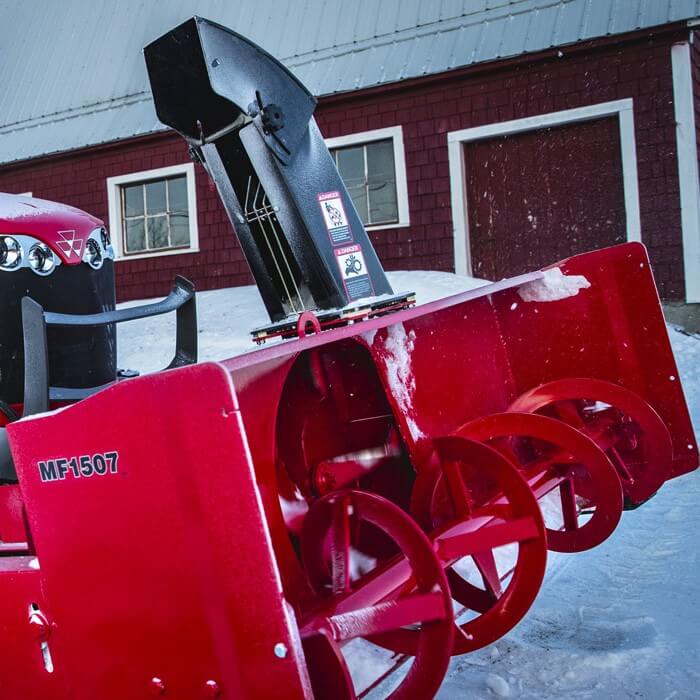
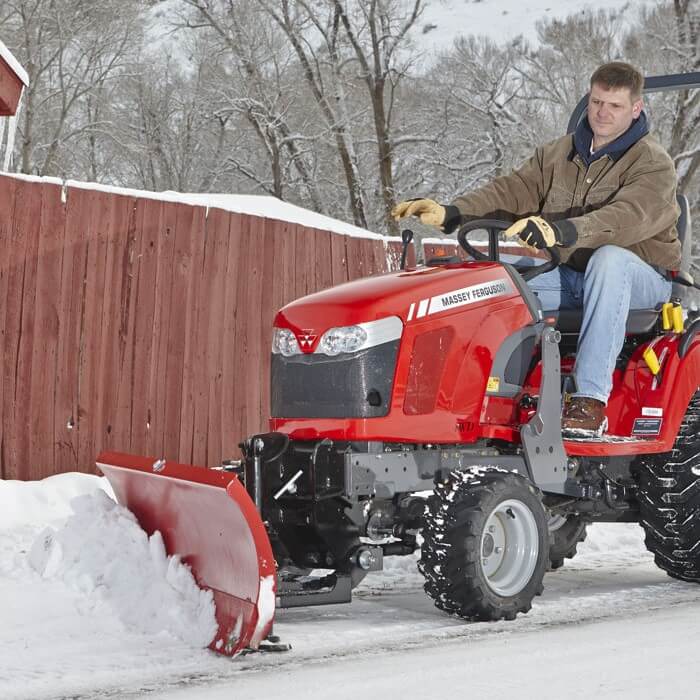
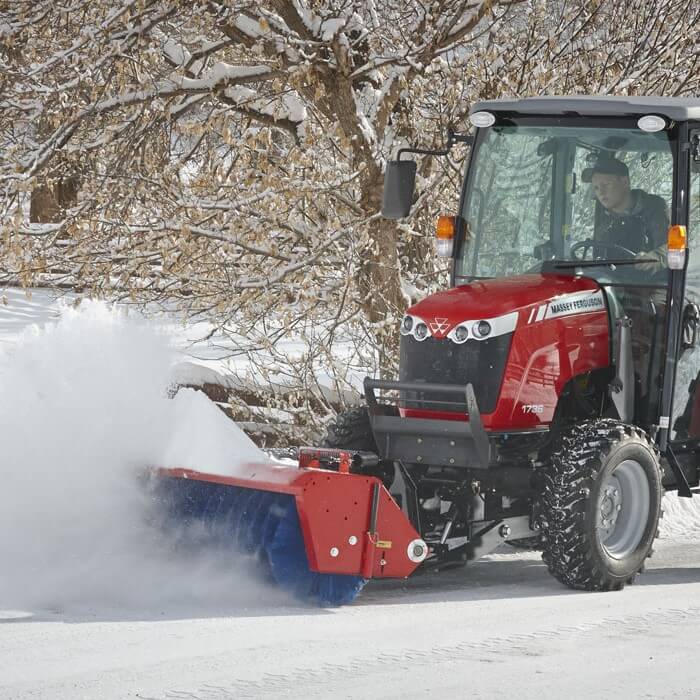
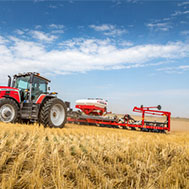
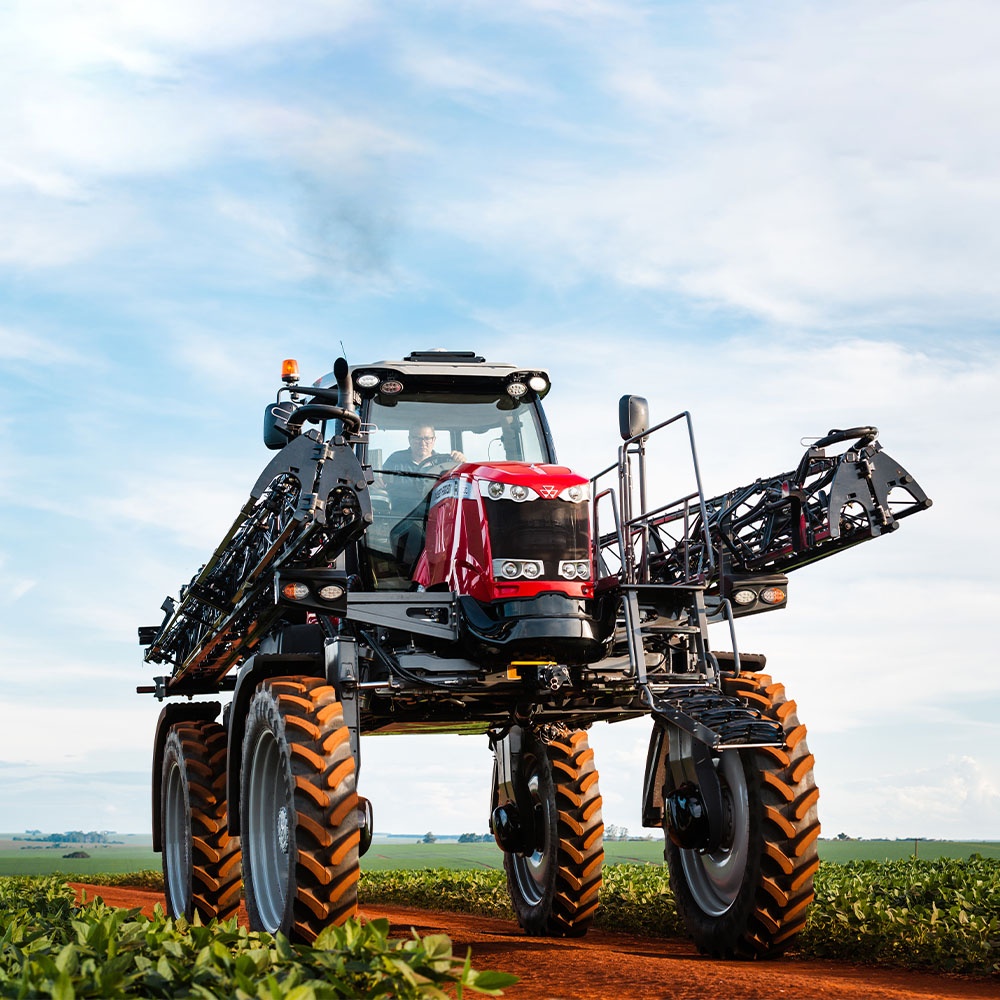
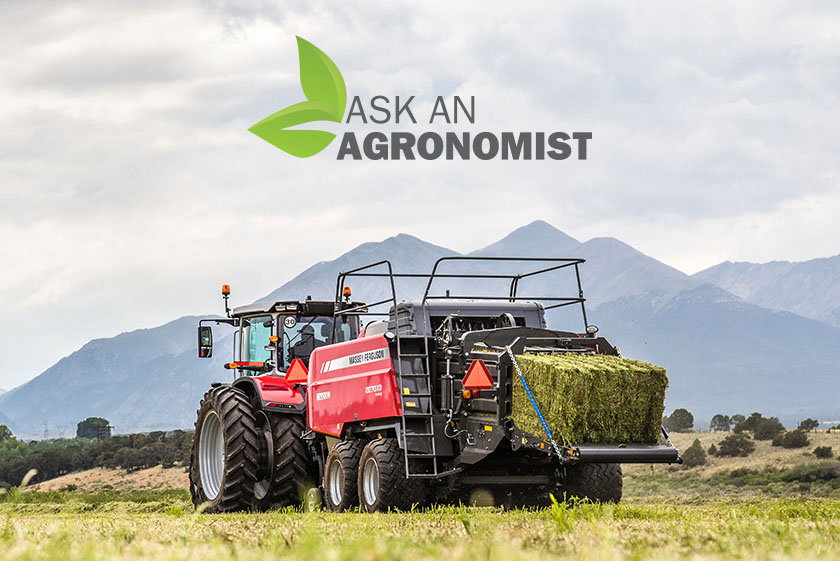
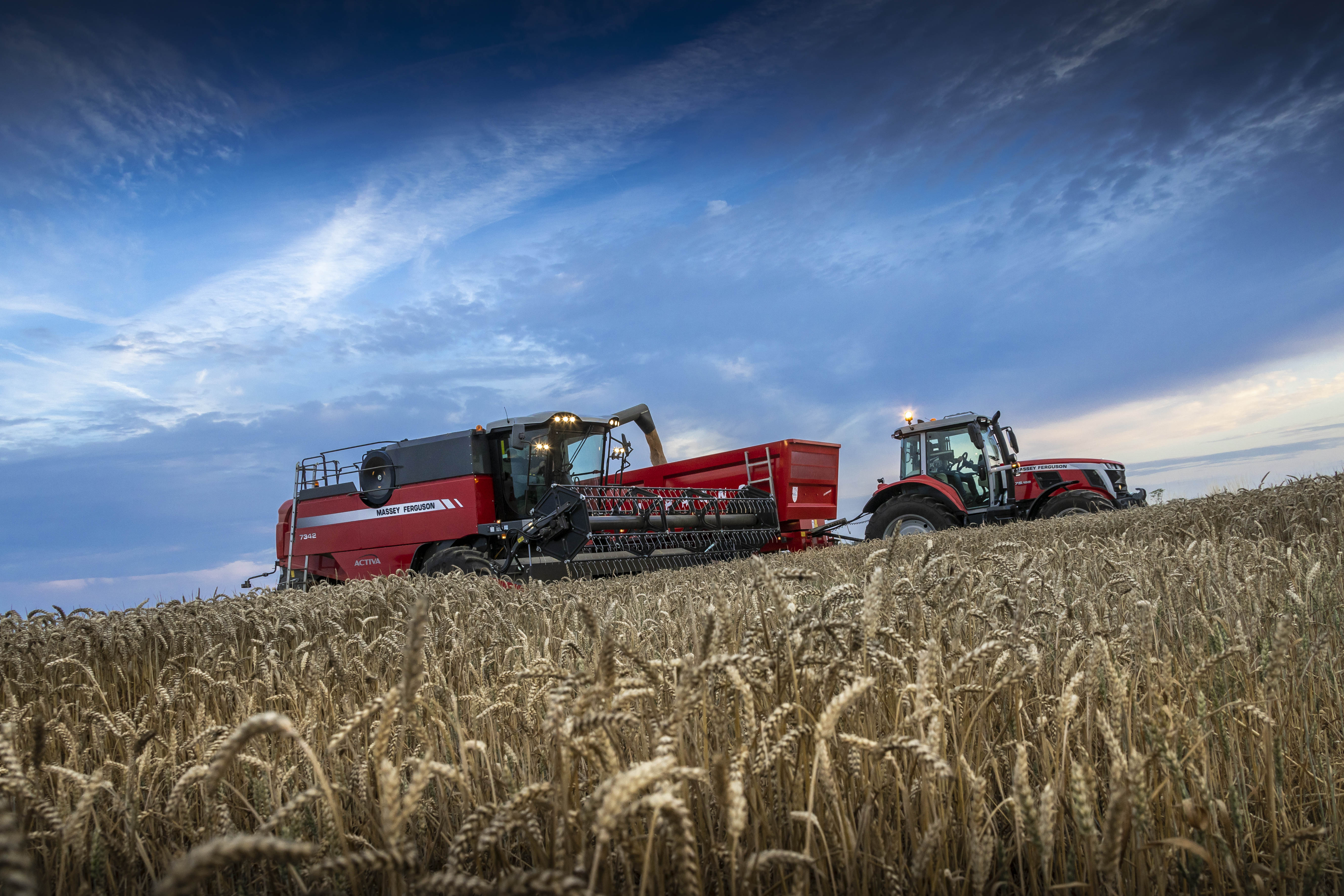
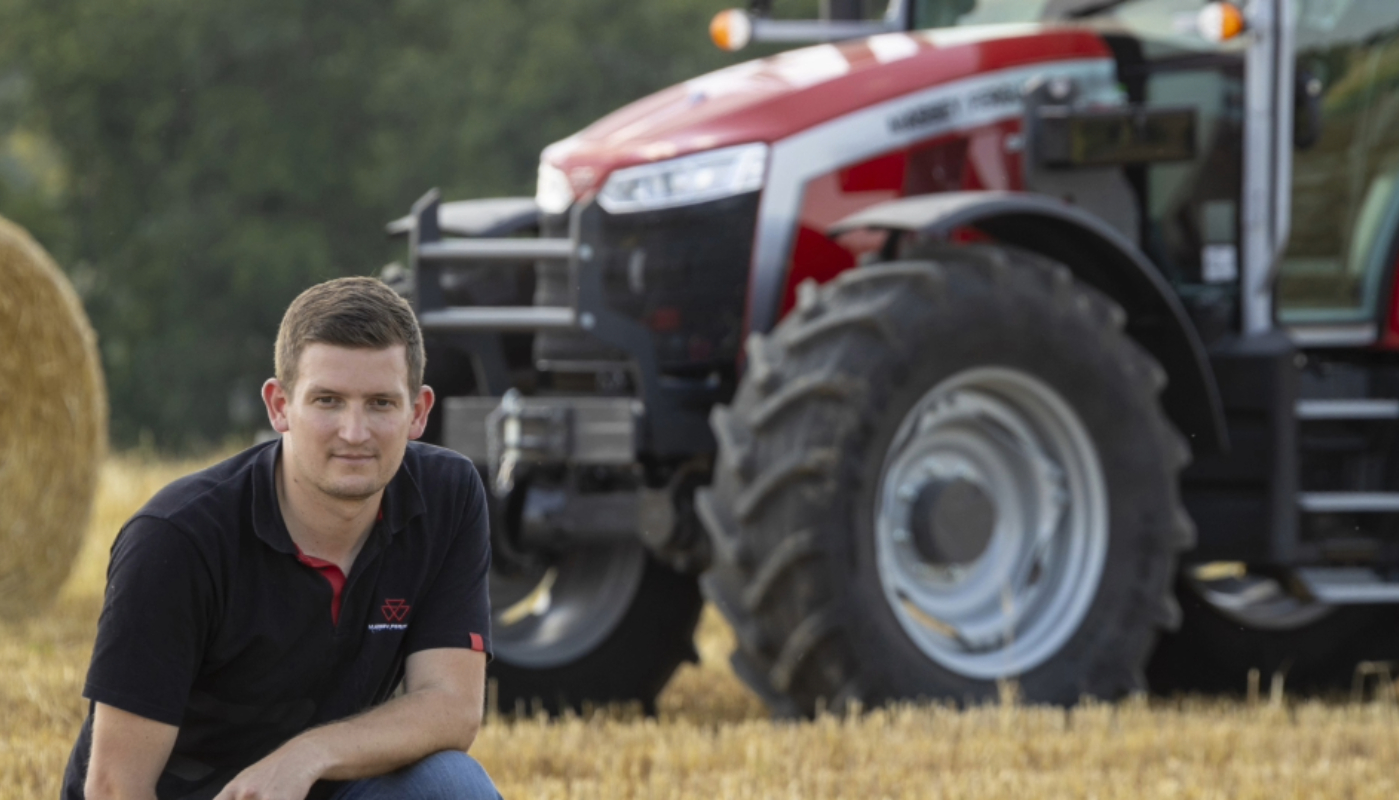
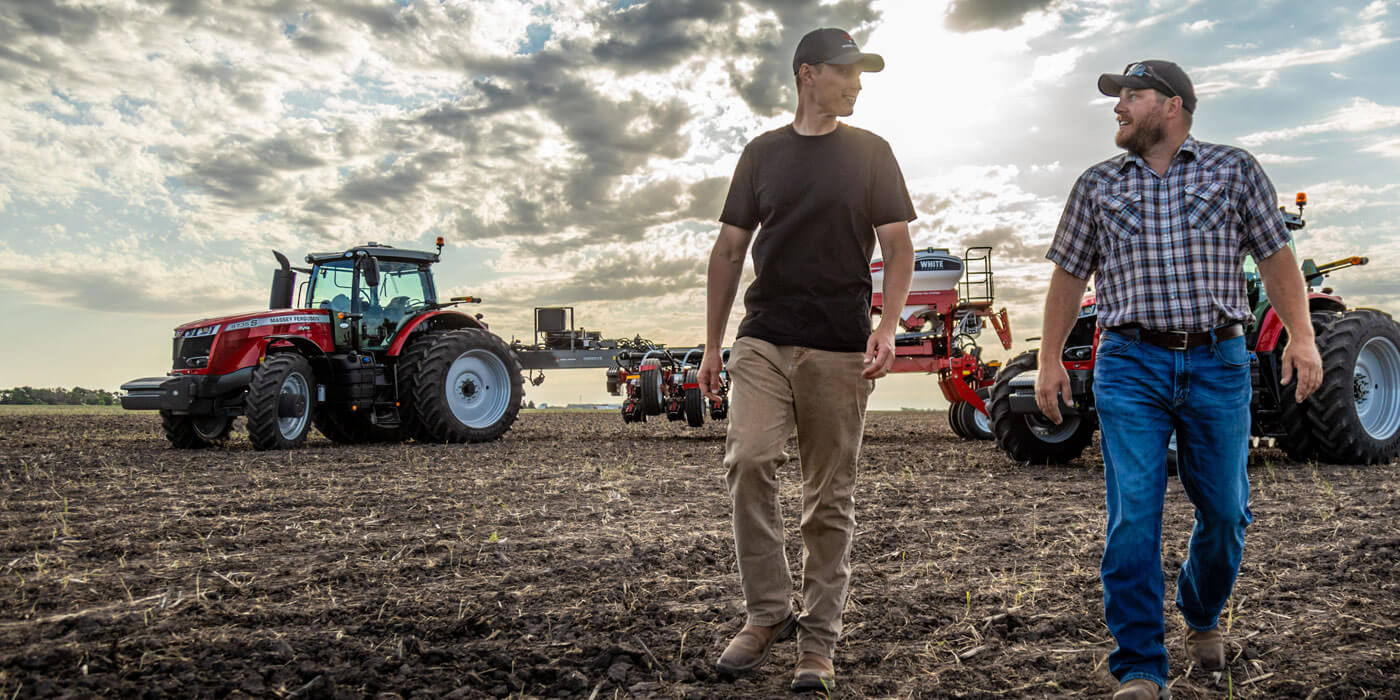
Share